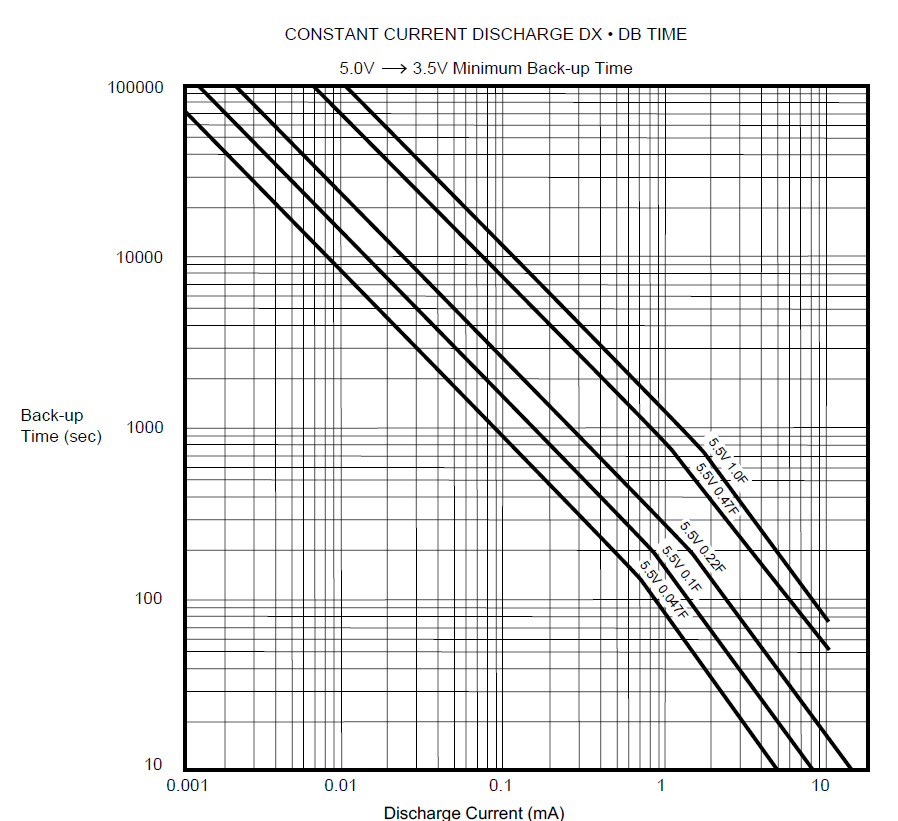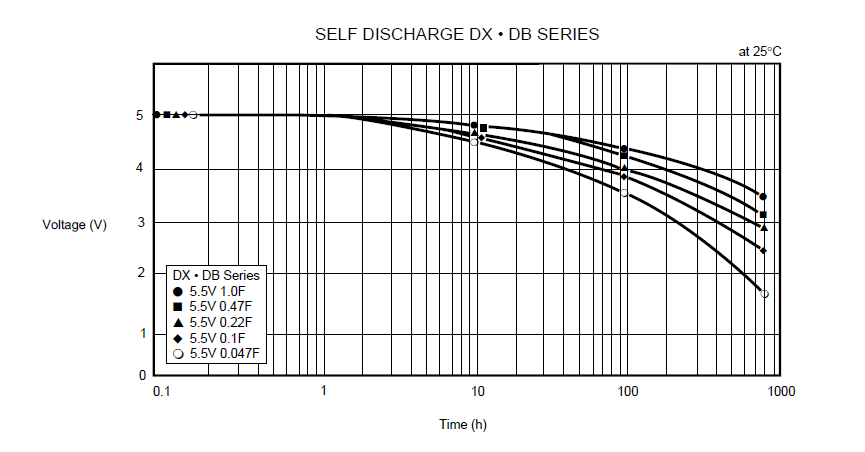zenniz
Junior Member level 3
I am intending to use super capacitor as a backup for my micro-controller's RTC.
My micro-controller is powered by a 5V, 2.5A power supply and the RTC backup consumed 30uA without the power supply.
I have never dealt with a super capacitor for backup so here is my doubt.
I did some research on super capacitor, many have a voltage rating of 5.5V.
It is possible to charge the 5.5V super capacitor with my 5V power supply?
and
It is safe to charge a super capacitor with a voltage rating below 5V with my 5V power supply???
and
What is the best capacitance rating for my set up if there is a power failure that will last for 12 hours?
My micro-controller is powered by a 5V, 2.5A power supply and the RTC backup consumed 30uA without the power supply.
I have never dealt with a super capacitor for backup so here is my doubt.
I did some research on super capacitor, many have a voltage rating of 5.5V.
It is possible to charge the 5.5V super capacitor with my 5V power supply?
and
It is safe to charge a super capacitor with a voltage rating below 5V with my 5V power supply???
and
What is the best capacitance rating for my set up if there is a power failure that will last for 12 hours?

